Taffeta Fabric: Unveiling the Unique Qualities and Applications of This Versatile Material
1 What is Taffeta Fabric?
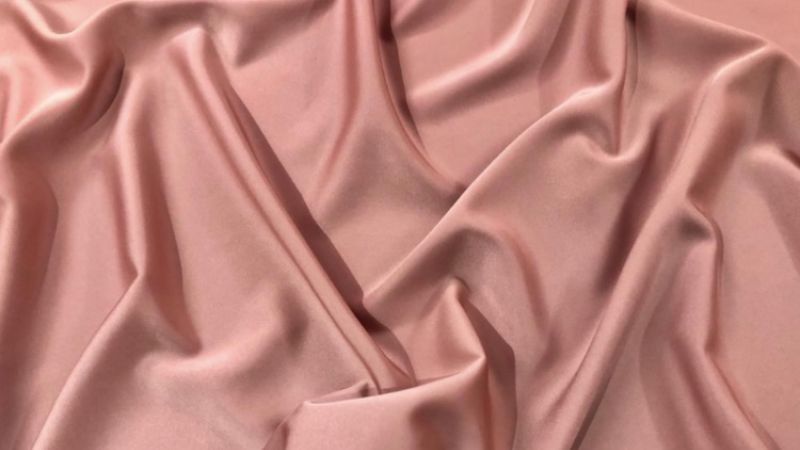 Exploring Taffeta Fabric
Exploring Taffeta Fabric
2 Composition of Taffeta Fabric
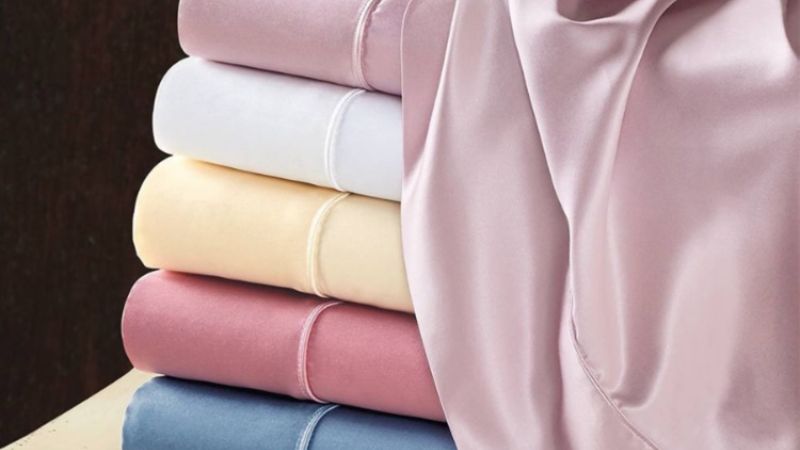
Understanding the Composition of Taffeta
3 Origin and History of Taffeta Fabric
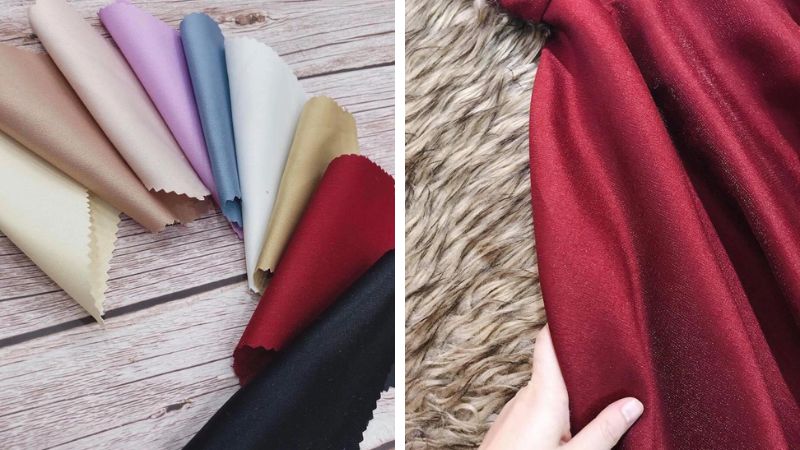
Delving into the History of Taffeta
4 Characteristics of Taffeta Fabric
- The distinct feature of taffeta fabric lies in its tightly twisted fibers, resulting in a substantial structure despite its thin nature. This attribute ensures that garments made from taffeta maintain their shape without drooping.
- Taffeta fabric exhibits a subtle sheen and excellent light-reflecting properties. When illuminated by lamps or sunlight, the fabric comes to life, drawing attention to the wearer. This fabric lends an air of elegance and sophistication, making it a popular choice for stage costumes and evening gowns.
- Taffeta fabric is incredibly lightweight, non-absorbent, and produces a soft rustling sound when rubbed together. It also excels at retaining its shape, although these characteristics depend on the specific composition of the fabric.
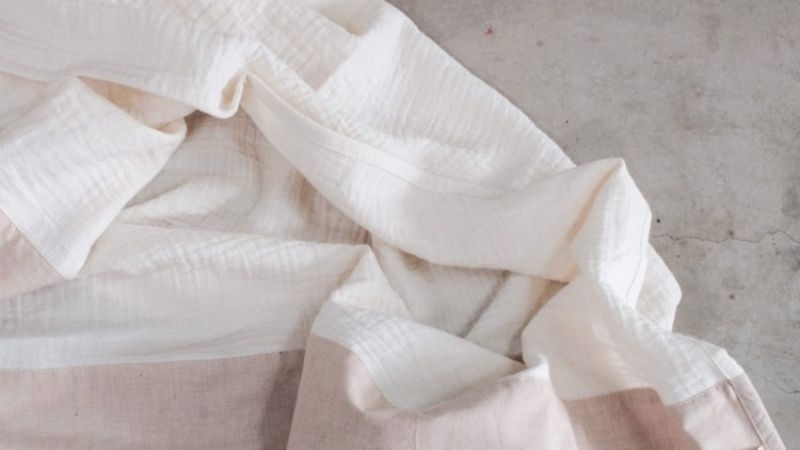
Uncovering the Unique Characteristics of Taffeta
5 Pros and Cons of Taffeta Fabric
- Resistance to Wrinkling: Due to its sturdy structure, taffeta fabric rarely encounters issues with wrinkling or creasing during extended use.
- Vivid and Delicate Patterns: By incorporating synthetic components, taffeta fabric boasts vibrant colors and intricate patterns, allowing women to effortlessly mix and match various styles and designs.
- Exceptional Light Reflection: The subtle sheen of taffeta fabric enhances the appearance of fibers and patterns when illuminated, adding a touch of glamour and allure to any outfit.
- Affordable Pricing: Thanks to advancements in science and technology, the production process for taffeta fabric has been streamlined, reducing costs and making it accessible to a wider range of consumers.
- Non-Absorbent Nature: Taffeta fabric’s inability to absorb moisture can lead to a feeling of warmth and discomfort during hot summer days.
- Time-Intensive Laundering: To maintain the fabric’s quality, taffeta requires time and effort for laundering. It is recommended to wash taffeta in cold water and avoid using washing machines or hot water.
- Limited Stretch: Taffeta fabric does not stretch, so when choosing garments made from this fabric, ensure they align with your body measurements for a comfortable fit.
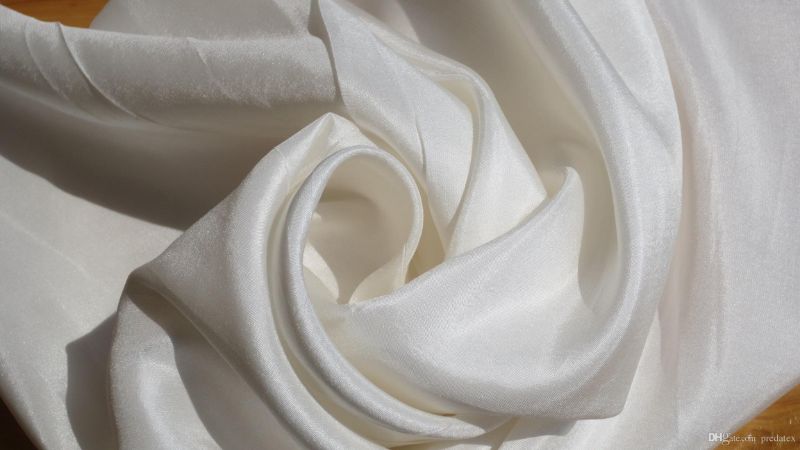
Evaluating the Pros and Cons of Taffeta
6 Types of Taffeta Fabric
- Silk Taffeta: Initially, taffeta was predominantly crafted from silk.
- Synthetic Taffeta: This type of taffeta is made from synthetic materials such as polyester, rayon, and acetate.
- Fiber-Dyed Taffeta: This variety is dyed before weaving, resulting in a high-quality fabric with crisp and vivid patterns.
- Piece-Dyed Taffeta: The fabric is dyed after weaving, yielding a softer and more pliable material.
- Antique Taffeta: This taffeta is characterized by its stiffness, although it does contain some soft fibers spaced at regular intervals.
- Moire Taffeta: This type of taffeta is distinguished by its wavy, rippled pattern resembling bird feathers.
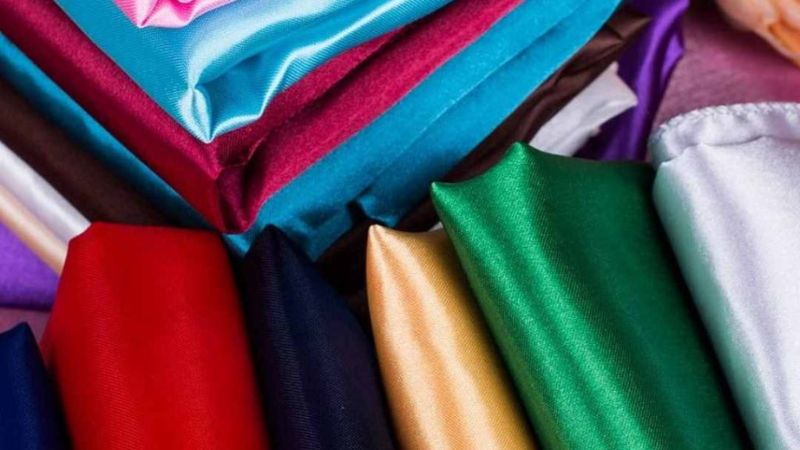
Exploring the Different Types of Taffeta
7 Applications of Taffeta Fabric
- Bedding and Pillowcases: Taffeta fabric’s resistance to wrinkling makes it ideal for pillowcases, bedding, and drapes, adding a touch of elegance and refinement to any bedroom. This attribute also simplifies the process of cleaning and decorating the bedroom.
- Garment Production: The unique characteristics of taffeta fabric lend themselves well to various garment types, from evening gowns and party dresses to wedding attire and everyday wear, resulting in sophisticated and distinctive creations.
- Home Décor: Heavier and stiffer varieties of taffeta fabric are commonly used for curtains. The fabric’s intricate patterns impart a sense of luxury to any space, and its dust-resistant quality helps maintain a clean environment while reducing cleaning costs.
- Lining for Garments: Taffeta fabric is often used as a lining for clothing and dresses to add volume and enhance comfort by preventing the garment from clinging to the skin.
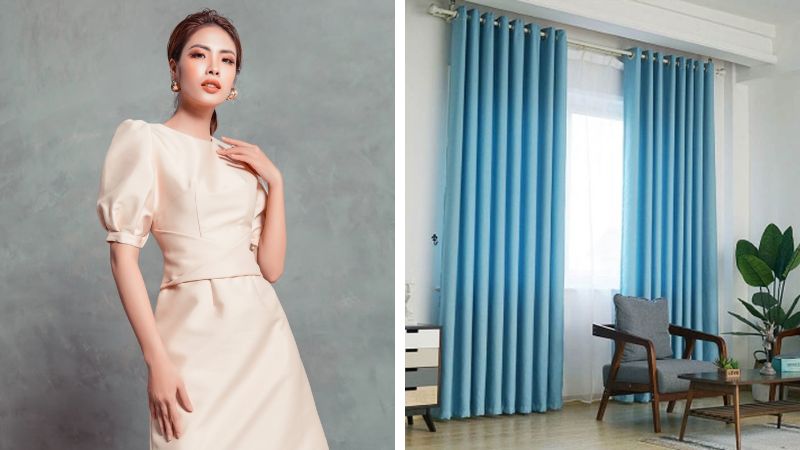
Discovering the Versatile Applications of Taffeta
8 Precautions When Using Taffeta Fabric
- When it comes to taffeta fabric, it is advisable to opt for dry cleaning over water washing. For taffeta fabric composed of synthetic fibers, you can conveniently wash it at home.
- Avoid washing taffeta fabric with hot water, as it can cause colors to fade and damage the fabric. Additionally, refrain from using strong detergents to prolong the fabric’s lifespan.
- To prevent alterations in the shape of your garments, refrain from wringing or twisting them vigorously. Instead, air-dry them in a well-ventilated area, avoiding direct sunlight to maintain their optimal condition.
- When ironing, use low heat if necessary to protect the taffeta fabric and prevent damage to items made from it.
- Given its non-absorbent nature, taffeta fabric is not suitable for hot and humid weather, as it may cause discomfort. When selecting taffeta garments, ensure they are tailored to your measurements for a comfortable fit, as the fabric does not stretch.
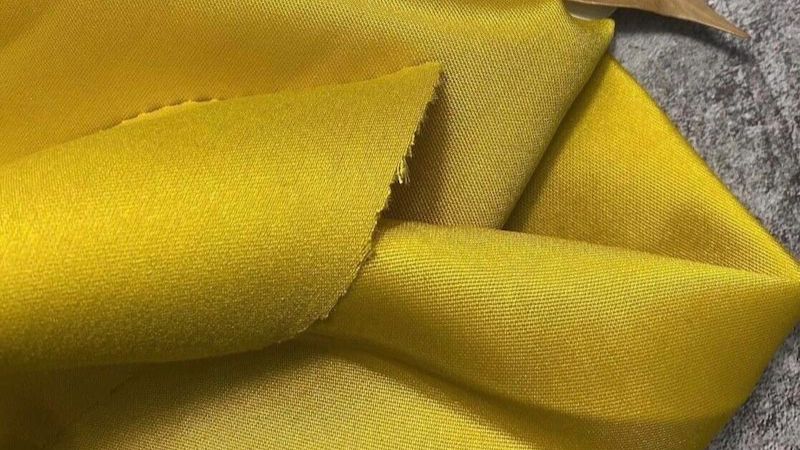
Important Precautions When Using Taffeta
Free Up Space and Speed Up Your Slow Phone with This Simple Trick
Over time, most people find that their phones start to lag, overheat, and run out of storage. This is a common issue that many users face, and it can be a frustrating experience. The good news is that there are ways to optimize your phone and keep it running smoothly. In this article, we will explore some of the best practices to keep your device in top shape and improve its performance.
Unveiling the Charm of Vietnam’s National Dog Breed: The Phu Quoc Ridgeback
The Móng Cộc is Vietnam’s beloved native dog breed, and rightfully so. This unique canine has a rich history and is an integral part of the country’s cultural heritage. With their loyal nature and distinctive appearance, the Móng Cộc has earned the title of Vietnam’s national dog. In this article, we delve into the fascinating world of these remarkable dogs and explore what makes them such a cherished symbol of Vietnam.
The Ultimate Guide to Labrador Retrievers: History, Characteristics, Care, and Pricing
The Labrador Retriever, or ‘Lab’ as they are affectionately known, is a beloved breed of dog renowned for their friendly, devoted, and hardworking nature. With a reputation for being gentle and amiable, Labs have become a popular choice for those seeking a loyal four-legged companion. If you’re considering welcoming a Lab into your home, join us as we delve into the origins, unique characteristics, and care requirements of this wonderful breed.






































